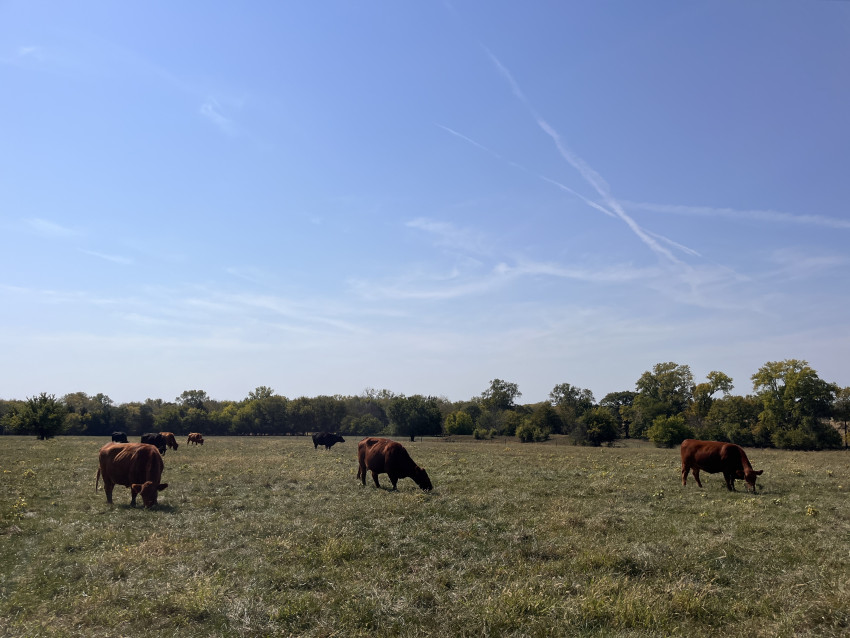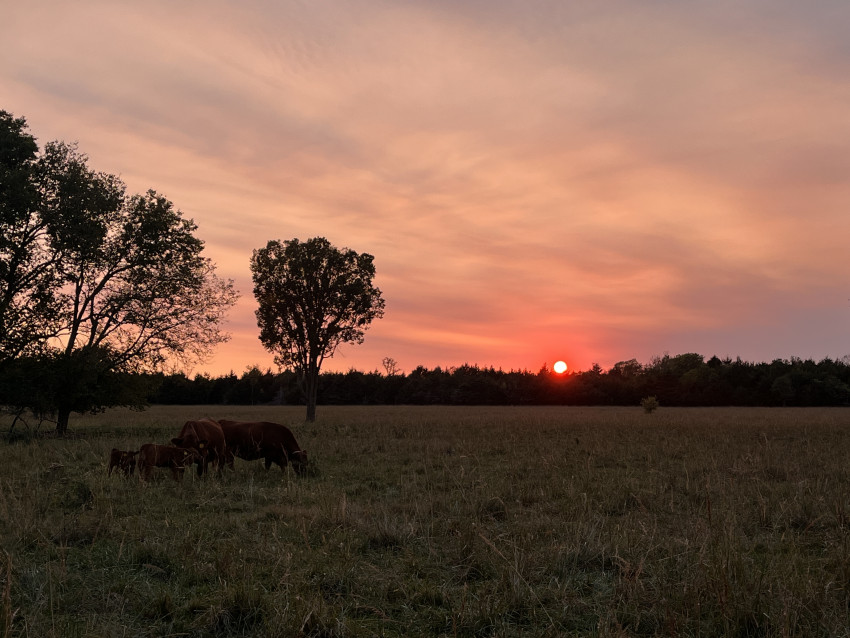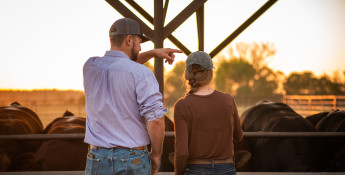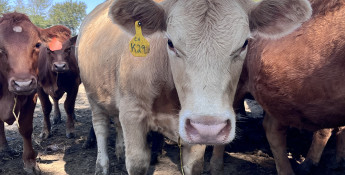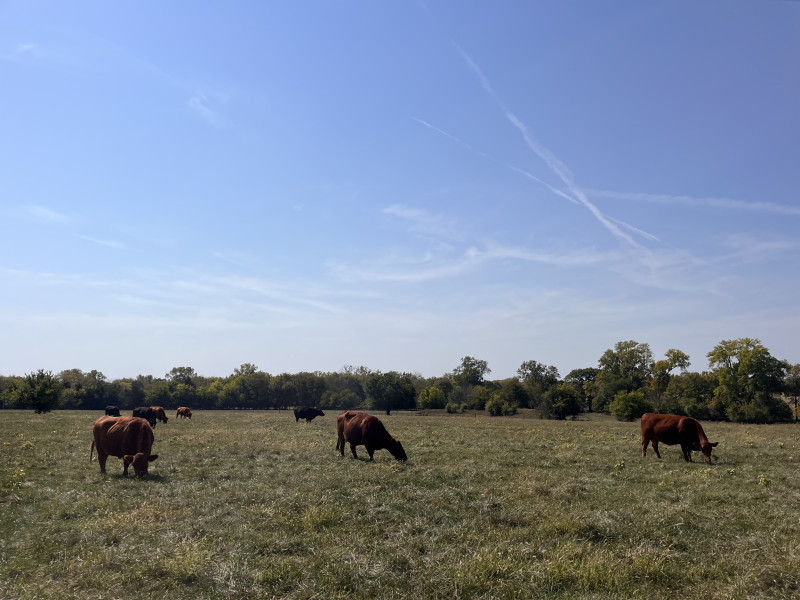By Brandi Buzzard on October 21, 2024
Don’t Fall for Cattle Ranching Myths – Get the Facts From a Rancher
Myths debunked by Kansas rancher, Brandi Buzzard
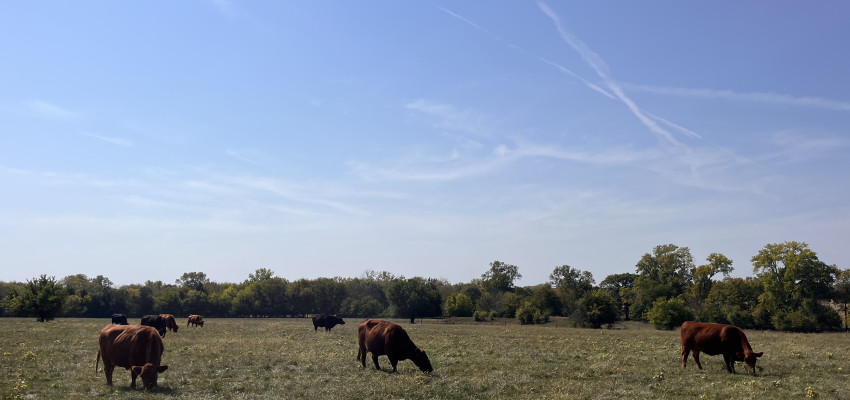
Daily, I read or hear myths about how cattle are raised and how our nation’s food is grown. Cattle ranching, and honestly, agriculture in general, are surrounded by myths related to economics, social impacts and the environment, to name a few. Every so often I get the urge to go on a myth-busting crusade so here are some of the most common myths about cattle ranching:
1. Myth: Ranching is Ruining the Environment
Fact: While cattle ranching and beef do contribute to greenhouse gas emissions, it is not the leading cause of climate change, not by a long shot. The United States Environmental Protection Agency has data from the last several years that shows agriculture in the U.S. is responsible for less than 11 percent of greenhouse gas emissions, and beef specifically is only 3 percent of nationwide totals. Additionally, all food has an environmental impact, from beef to kale to bread to oranges. As a rancher, we strive to reduce our emissions through better grazing practices and improved genetics. Other producers may embrace methane-reducing feed additives to mitigate their impact, as well.
2. Myth: Cattle Require Massive Amounts of Water
Fact: Cattle do require water, just like all living things, but the notion they are an extreme water burden is misleading. Much of the water used for cattle, more than 90 percent, comes from natural rainfall on pastures, also called green water, and not all water usage is directly consumptive. For example, water used for irrigation of feed can re-enter the water cycle. In many regions, efficient water management practices are in place to reduce overall consumption.
3. Myth: Ranching is Harmful to Biodiversity
fact: Ranches can absolutely support biodiversity! We consistently see deer bounding through our pastures and my dogs love chasing the foxes and raccoons crawling through the woods on our properties (my chickens are not fans). Native grasslands evolved alongside grazing animals and ranching can help maintain these ecosystems. Land utilized by ranchers for grazing accounts for nearly 75 percent of wildlife habitat in the U.S., especially in the West. The ways we manage our land truly promote a healthier environment for all parties depending on it – humans, cows and wildlife.
4. Myth: Beef is an Unhealthy Food Choice
Fact: Beef is a rich source of protein, iron and essential nutrients. A 3 oz. serving of lean beef (about the size of a deck of cards) provides 10 essential nutrients and about half of the daily value for protein for only 170 calories. Beef is a powerhouse of nutrients and a calorie-efficient way to fill your diet with nutrition needed to fuel a healthy lifestyle.
These myths often stem from misunderstandings about the diversity of ranching practices and the complexities of agriculture. I encourage readers to ask your local farmer or rancher when you have a question about raising beef or other animal proteins. We are always happy to talk about our lifestyle, animals and the lands we steward.

